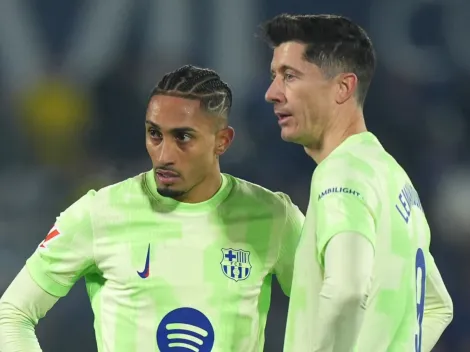Have you ever watched a soccer game and wondered, “Is it a fashion or what?“ when a player wore a face mask? While it’s true that dressing up for carnival is in itself a celebration of disguise, there are times when even soccerplayers need to don masks. These masks aren’t the same as the pandemic masks we have become used to wearing; rather, they’re a fashion item that mimics the style of the mask Zorro wore to hide his identity.
These days these gadgets aren’t quite as intrusive as those of yesteryear, which were shown to have a negative impact on the gameplay of individuals who wore them. They were cumbersome to carry around, blocked too much of the field, and were just plain awful to look at. However, modern protection masks are often constructed from carbon fiber, are very lightweight, compact, custom-made, and printed to fit the player’s face.
Severalplayers have been compelled to wear these masks, which are now tailored to each match, throughout the years, including Pierre-Emerick Aubameyangafter arriving atChelsea, as well as AntonioRudiger during his time at the Stamford Bridge;Son Heung-min,Thomas Meunier, Josko Gvardiolat the 2022 Qatar World Cup, and even Robert Lewandowski while featuring for Bayern.
Why do soccer players wear face masks?
All these soccerplayers and many moredo wear masks, but it’s not for show. These masks serve an important purpose in soccer, protecting players who have sustained facial injuries but are eager to return to the pitch and contribute to their team.New technologies mean that athletes who suffer a severe face injury may return to the field quickly while still appearing like a superhero out for payback.
Trauma to the face is referred to as a facial injury. It might be anywhere on the face, including the chin, nose, ears, eyebrows, or skull. All of the aforementioned areas are potential sites of facial injury for a sportsperson.Injuries to the face may occur in any of these areas if a player is struck in the face by another player or hits their face on a hard surface. Injuries to the face may be excruciating, thus masks are often used to alleviate the sufferer’s privacy while receiving treatment.
These masks serve to stabilize and protect a vulnerable or injured facial area, such as a laceration. Protecting lacerations, such as those on the chin or lip, or fractures, such as those on the nose or cheekbone, from becoming worse is the most common application for these items. Burn or compression masks, which are larger, may be used to reduce the appearance of scar tissue, make it more manageable, and preserve face grafts.
If further harm is to be avoided to the face, the black mask is put on. Petr Cech was a good illustration of this point. Since he hurt his skull during a bout by striking it on a pole, he never goes without his helmet for protection.When a player has just sustained an injury to his nasal bone, he may choose to wear the mask to prevent further damage. Demba Ba, another former Chelsea player, is a good example of someone who had to wear a mask while playing due to an injury to his jaw.
After suffering a facial injury while playing, some players choose to use the mask even asa means of recovery. It isintended to compress the facial bones and encourage cementing. When dealing with a facial fracture, a mask is usually necessary. The bone would eventually heal, and the player would be able to return to action after receiving treatment and being shielded from further damage (by the mask). If the player suffers a severe facial fracture, however, he or she will be forced to wear the face mask for the rest of their life.





